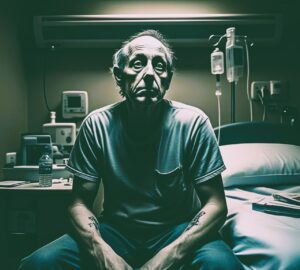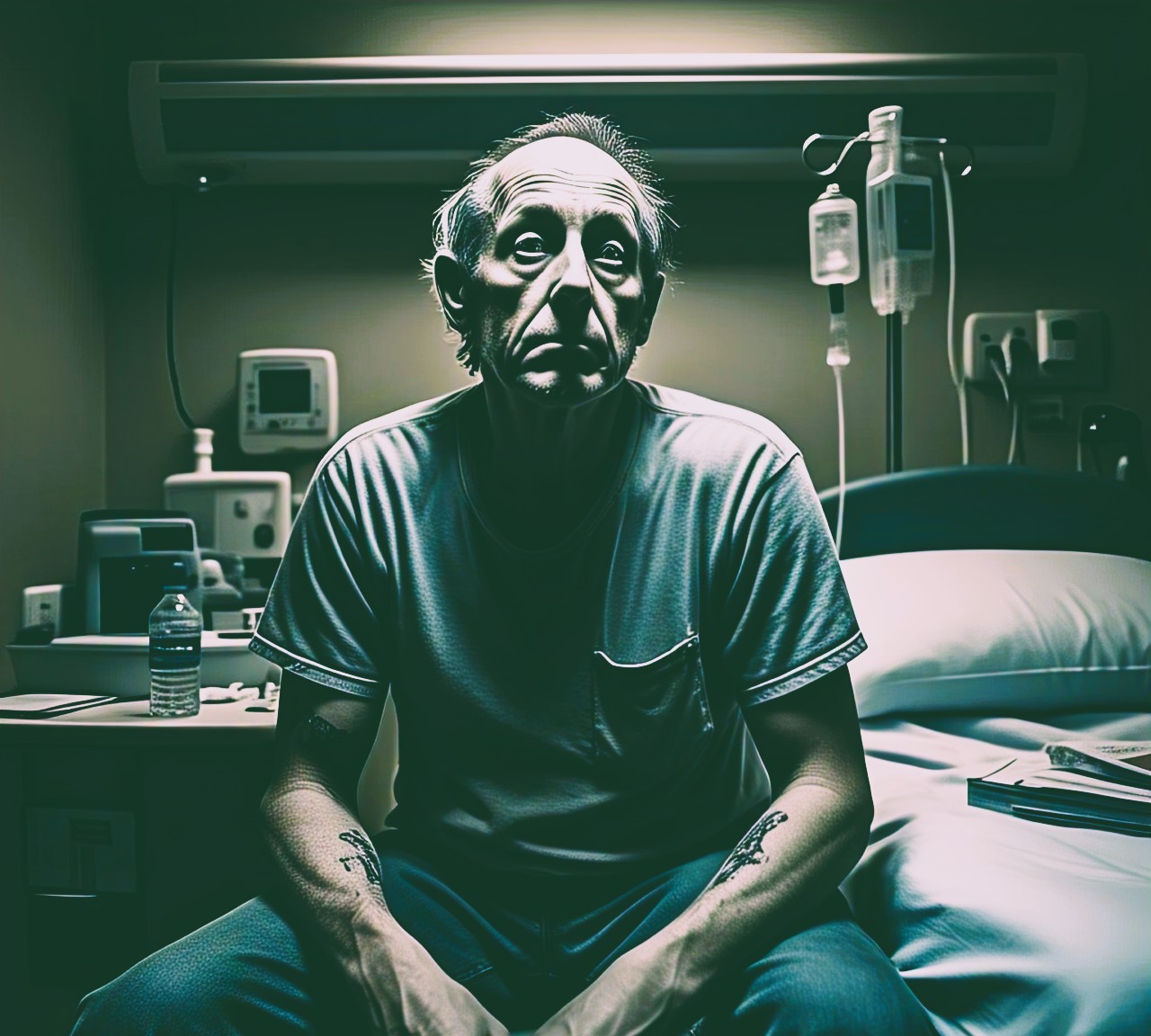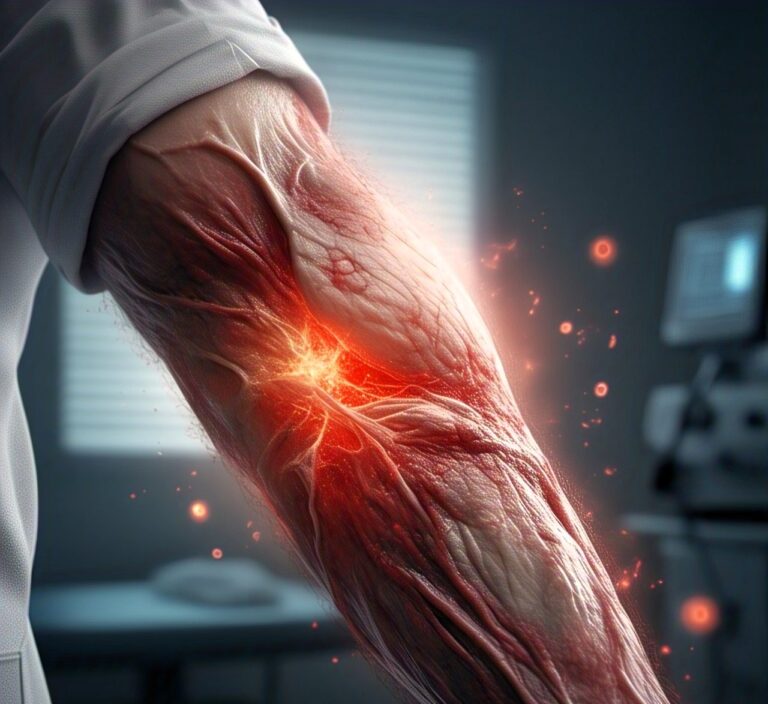Understanding Anosognosia: When the Brain Can’t Recognise Illness. in 2025
Anosognosia, a condition where individuals are unaware of their own health issues. Learn about its causes, symptoms, and treatments in this comprehensive guide.

What Is Anosognosia? The Mystery of Self-Awareness Deficits
Anosognosia is a fascinating yet challenging condition where individuals cannot recognise their medical condition or disability. Unlike denial—a psychological defence mechanism—anosognosia stems from physical brain damage, often affecting regions responsible for self-assessment. Commonly linked to stroke, traumatic brain injury, Alzheimer’s disease, and mental health disorders like schizophrenia, this lack of insight complicates treatment and daily life.
Anosognosia is a condition where you can’t recognise other health conditions or problems that you have. Experts commonly describe it as “denial of deficit” or “lack of insight.” It falls under the family of agnosias, all of which happen when your brain can’t recognise or process what your senses tell it.
This condition can happen with mental illnesses, keeping a person with a disorder like schizophrenia from recognising that they have a condition and need to take their medication. It can also happen with conditions that affect your body, such as a stroke.
Causes and Related Conditions: The Neurological Roots
Anosognosia arises from damage to the brain’s right hemisphere, particularly areas like the parietal lobe or frontal cortex, which govern self-awareness. Key conditions associated with it include:
- Stroke: Up to 30% of stroke survivors experience anosognosia, struggling to acknowledge paralysis.
- Dementia: Alzheimer’s patients may insist they’re cognitively intact despite significant memory loss.
- Mental Health Disorders: Individuals with bipolar disorder or schizophrenia might reject their diagnosis due to impaired insight.
This self-awareness deficit also overlaps with cognitive impairment from brain injuries, creating barriers to rehabilitation.

The Daily Impact: When Illness Awareness Fades
Living with anosognosia means navigating a world where the person’s reality clashes with observable symptoms. For example:
- A stroke survivor might attempt to walk despite paralysis, risking falls.
- Someone with Alzheimer’s could resist care, fearing “unnecessary” help.
- A person with schizophrenia may stop medication, believing they’re healthy.
Caregivers often face frustration and emotional strain, balancing safety with the individual’s adamant beliefs.
Diagnosis and Treatment: Bridging the Awareness Gap
Diagnosing anosognosia involves neuropsychological evaluations, including:
- Imaging scans (MRI/CT) to identify brain lesions.
- Clinical interviews assess the patient’s perception of symptoms.
- Caregiver reports to compare perspectives.
While no cure exists, strategies like neurorehabilitation and cognitive-behavioural therapy (CBT) can help. Therapists might use gentle feedback techniques to foster gradual awareness, while family education improves communication.
Treatments and Recovery Outlook
Asomatognosia, a rare neurological condition, occurs when an individual loses awareness of a part of their body, most often an arm or leg, due to brain damage, typically in the **right parietal lobe**. Unlike anosognosia (unawareness of illness), asomatognosia involves a disconnect from the body itself. Let’s explore treatment options and whether full recovery is possible.
Treatments for Asomatognosia
While no cure exists, therapies aim to improve body awareness, function, and quality of life:
- Neurorehabilitation
– Mirror Therapy: Using mirrors to create visual feedback, helping patients “see” and reconnect with the affected limb.
– Sensory Integration: Exercises to enhance tactile perception (e.g., touching textures, temperature changes). - Occupational Therapy (OT)
Therapists use adaptive strategies to reintegrate the neglected limb into daily tasks (e.g., dressing, eating). - Visual Scanning Training
Teaches patients to consciously scan their environment to compensate for reduced body awareness. - Cognitive Behavioural Therapy (CBT)
Addresses emotional distress linked to the condition, such as frustration or depression. - Neuromodulation
Emerging techniques like **transcranial magnetic stimulation (TMS)** may stimulate brain regions to improve awareness. - Medication
While no drugs treat asomatognosia directly, medications may manage coexisting issues like spasticity or mood disorders.
Can Asomatognosia Be Fully Recovered?

Recovery depends on factors like brain injury severity, patient age, and rehabilitation consistency:
-Partial Recovery: Many patients regain some awareness through neuroplasticity—the brain’s ability to rewire itself.
– Chronic Cases: Severe or long-term damage (e.g., stroke, traumatic brain injury) may lead to persistent symptoms.
-Adaptation: Even without full recovery, patients often learn compensatory strategies to improve independence.
Early intervention (within weeks of injury) offers the best prognosis. For example, stroke survivors who start therapy promptly may see gradual improvements in body awareness.
Key Takeaways for Caregivers
– Patience is critical: Progress can be slow and nonlinear.
– Focus on function: Prioritise tasks the patient *can* do to build confidence.
– Collaborate with specialists: Neurologists, OTS, and neuropsychologists can tailor a holistic plan.
Final Thoughts
While complete recovery from asomatognosia isn’t guaranteed, targeted therapies can significantly enhance quality of life. Advances in neuroplasticity research offer hope for better outcomes, especially when combined with early, intensive rehabilitation. If you or a loved one is affected, consult a neurorehabilitation team to explore personalised strategies.
Supporting Loved Ones: Empathy Over Argument
If someone you know has anosognosia:
- Avoid confrontations: Challenging their reality often escalates distress.
- Focus on collaboration: Frame care as teamwork (e.g., “Let’s try this exercise together”).
- Seek professional guidance: Neurologists and therapists can tailor approaches to their condition.
Support groups and resources from organisations like the National Alliance on Mental Illness (NAMI) offer additional tools.
How to Reduce Your Risk of Anosognosia: Prevention Strategies
Anosognosia, a lack of awareness about one’s medical condition, is typically caused by brain damage from strokes, traumatic injuries, dementia, or mental health disorders. While it can’t always be *prevented* outright, you can reduce your risk by safeguarding brain health and addressing underlying conditions linked to impaired self-awareness. Here’s how:
- Protect Your Brain from Injury
Anosognosia often follows damage to the brain’s right hemisphere. Minimise risks with these steps:
– Prevent head trauma: Wear helmets during cycling, contact sports, or high-risk work. Secure fall hazards at home (e.g., loose rugs).
– Manage cardiovascular health: Control blood pressure, cholesterol, and diabetes to lower stroke risk, a leading cause of anosognosia.
– Avoid substance abuse: Chronic alcohol/drug use can damage brain regions tied to self-awareness. - Reduce Dementia Risk
Alzheimer’s disease and other dementias are key contributors to anosognosia. Delay or mitigate cognitive decline by:
– Staying mentally active: Engage in puzzles, learning new skills, or reading to strengthen neural connections.
– Eating a brain-healthy diet: Prioritise antioxidants (berries, leafy greens), omega-3s (fish, walnuts), and avoid processed foods.
– Exercising regularly: Physical activity boosts blood flow to the brain and supports neuroplasticity. - Prioritise Mental Health
Psychiatric conditions like schizophrenia or bipolar disorder can impair insight. Proactive steps include:
– Seeking early treatment: Address symptoms of psychosis, mood swings, or delusions promptly with a mental health professional.
– Sticking to treatment plans: Consistent therapy and medication (if prescribed) help maintain awareness and stability.
– Building a support network: Friends, family, or support groups provide reality-checking and emotional resilience. - Foster Cognitive Reserve
A “cognitive reserve” (built through education, social engagement, and lifelong learning) may help the brain compensate for damage.
– Stay socially connected: Meaningful relationships stimulate brain function and emotional well-being.
– Challenge your brain: Learn languages, play instruments, or take up hobbies that require focus and adaptation. - Monitor and Manage Chronic Conditions
Disorders like epilepsy, multiple sclerosis (MS), or Parkinson’s can increase anosognosia risk. Work with your doctor to:
– Track neurological symptoms: Report sudden changes in memory, perception, or self-awareness.
-Adhere to treatment plans: Proper management of chronic illnesses reduces complications that might harm the brain.
Is Anosognosia Completely Prevented?
There’s no guaranteed way to prevent anosognosia, as factors like genetics or accidents can play a role. However, these strategies lower your risk by promoting overall brain health and resilience. Early intervention for strokes, injuries, or mental health issues is critical—quick action can minimise brain damage** that might lead to impaired awareness.
Key Takeaways
– Protect your head, heart, and mind to safeguard self-awareness networks in the brain.
– Stay proactive with medical care for conditions that affect cognition.
– Build cognitive reserve through lifelong learning and social engagement.
While anosognosia remains complex, a brain-healthy lifestyle empowers you to reduce risks and respond effectively if warning signs arise.
Conclusion: Navigating Anosognosia with Knowledge and Compassion
Anosognosia blurs the line between mind and body, reminding us how deeply self-awareness is rooted in brain function. By integrating medical care with empathetic support, caregivers and professionals can help individuals live safer, more connected lives. If you suspect anosognosia in a loved one, consult a neurologist or neuropsychologist—early intervention opens doors to better management.
The Importance of Self-Care: 14 Authentic Routine Changes You Can Make Today!


👌